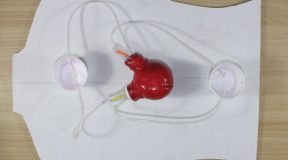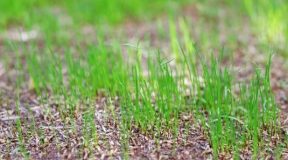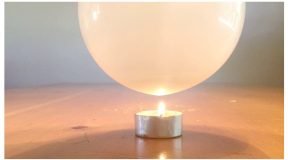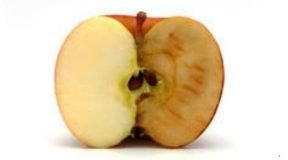Science Fair Project: Archimedes’ Screw
How to make the Archimedes’ Screw
Material:
-
- Plastic drinks bottle (1Litre)
- narrow plastic tubing
- (approximately 1.5 meters, 4-7mm diameter), two
- bowls or basins
- waterproof tape (e.g. duct tape)
- water, food coloring
- Book or something to raise one bowl.
- Measuring jug/graduated cylinder; various lengths of
- pipe and diameters of plastic tubing would be useful.
Suggested class level: Senior classes
Method:
Using the duct tape, tape one end of the narrow tubing onto one end of the plastic bottle, leaving about 1 cm hanging out over the end. Carefully wrap the tubing around the bottle at regular intervals in a spiral shape until you reach the other end. (You will probably need to use pieces of duct tape to tape down the tubing at intervals as you go along). Cut off the tubing, leaving about 1 cm. hanging out over this end also. Tape down the narrow tube to the bottle at this end also.
There should be about 1 cm. of tubing hanging off both ends, past the part that you have taped down.
Preparing the Bowls
Mix a few drops of food coloring with one cup of water in one of the bowls. Place the other (empty) bowl on a book (or anything to raise it up). Place it where it will catch the water which comes out the top of the tube.

Observation.
Operating the Screw
Place one end of the screw in the bowl of coloured water, with the other end resting on the higher bowl.
Turn the screw slowly.
What do you see?
- Water goes into the tube.
Keep turning the screw.
- What happens after a while?
Water comes out the top of the tube and falls into the bowl.
- The children should be asked to turn the screw in one direction, and then the other.
Does the direction make any difference?
(It does! The screw only works when it is turned in one direction - in the opposite direction to the ending of the tubing. Otherwise the water will not get scooped up).
Background information
Water normally falls downwards due to gravity. If you want water to go in another direction you have to apply pressure to it.
There are different ways of sending water under pressure in other directions, e.g. if you put your thumb
to the tap when it is running you can squirt water up and across the room! Water from rivers and lakes is pumped under pressure to our homes. An Archimedes’ screw is a simple machine (a type of pump) which lifts water up when it is turned. It has been used since ancient times. It is used mainly for lifting water from a lower to higher level, such as rivers or lakes, to irrigate fields, and also for draining water out of mines. Its name is from the person who is said to have invented it, Archimedes (287-212 BC). Archimedes was a scientist/engineer/mathematician from Sicily, who studied in Alexandria, Egypt. He is famous for many inventions and discoveries (including Archimedes’ Principle –well-known in second level science classes!). Even though the Archimedes’ screw was invented in ancient times, it has been adapted throughout time. Due to the simplicity of how it works, the Archimedes’ screw can be environmentally friendly by being powered by a windmill. The lowest portion of the screw just dips into the water, and as it is turned a small quantity of water is scooped up into the tube. As the screw turns, the water slides along the tube. Meanwhile more water is scooped up at the end of the tube and then it slides along, and so on until the water comes out the top of the tube.
Application of Archimedes’ Screws
Archimedes’ Screws are used for moving grain inside some combine harvesters. In the Netherlands, Archimedes’ Screws are used to remove water from polders to create dry land areas below sea level. The screw is turned usually by a windmill or by manual labor. As the shaft turns, the bottom end scoops up a volume of water. This water will slide up in the spiral tube, until it finally pours out from the top of the tube.
An Archimedes’ screw was used by British engineer John Burland in 2001 to stabilize the Leaning Tower of Pisa, which was leaning too much! Small amounts of extremely wet subsoil were removed from far below one side of the Tower, so that the weight of the tower shifted back towards the centre.
Archimedes’ Screws are sometimes used as ‘fish ladders’ (called PESCALATORS!). Fish can be lifted safely from ponds and brought to another place, say in fish farms, without damaging them by taking them out of the water.






